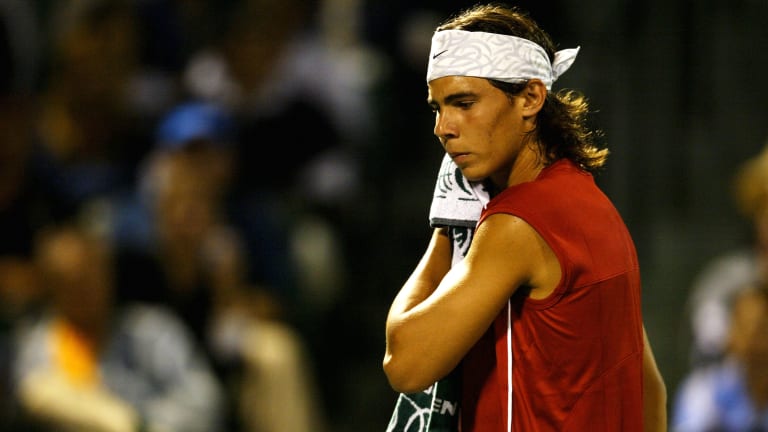Across Generations: Appreciate the tennis, but leave comparisons aside
By Nov 30, 2020Australian Open
Roger Federer to headline “Battle of the World No.1s” at Australian Open’s inaugural Opening Ceremony
By Dec 11, 2025Social
Reaction to Roger Federer's Hall of Fame induction: "You're the most important sportsman of all time"
By Nov 20, 2025Facts & Stats
Roger Federer is headed to the International Tennis Hall of Fame: 26 stats for his 2026 induction
By Nov 19, 2025International Tennis Hall Of Fame
Mary Carillo joins Roger Federer with election into International Tennis Hall of Fame
By Nov 19, 2025Stat of the Day
Jannik Sinner has now reached the final at all four Grand Slams and the ATP Finals this year
By Nov 15, 2025The Business of Tennis
Carlos Alcaraz, Jannik Sinner take their rivalry—and star power—on the road for 2026 “Super Match”
By Oct 24, 2025ATP Shanghai, China
Roger Federer thrills tennis world with Shanghai Masters Celebrity doubles return
By Oct 10, 2025Opinion
Roger Federer kicks off court speed debate: are fast courts going extinct?
By Oct 09, 2025International Tennis Hall Of Fame
Roger Federer, Juan Martin del Potro lead 2026 nominees for the International Tennis Hall of Fame
By Oct 01, 2025Across Generations: Appreciate the tennis, but leave comparisons aside
Every once in a while, perhaps without even knowing it, different generations of all-time greats face-off. This week, Tennis Channel looks back at recent generational clashes.
Published Nov 30, 2020
Advertising

Across Generations: Appreciate the tennis, but leave comparisons aside
© Getty Images
Advertising
Across Generations: Appreciate the tennis, but leave comparisons aside